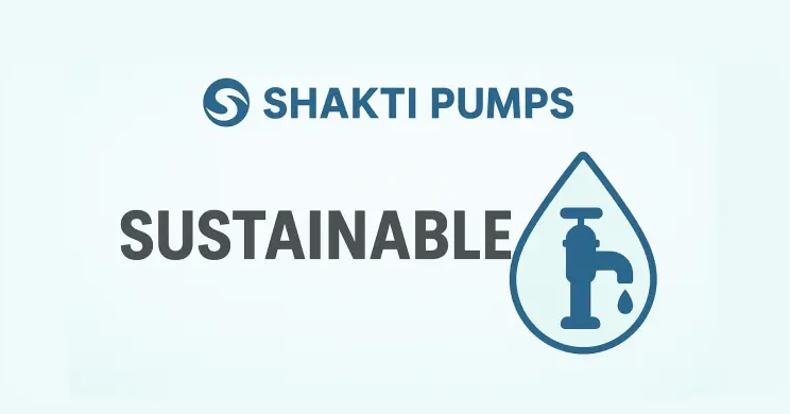
15 Days Price Change

 Raunak Dhedia
Raunak Dhedia

With 2 years of experience, I'm a full-time equity analyst known for my expertise in ... With 2 years of experience, I'm a full-time equity analyst known for my expertise in fundamental analysis across all company sizes. My in-depth financial research and articles provide valuable insights into stocks' true potential. I bring clarity to complex financial data, helping investors make informed decisions. Read more
Summary
The Indian retail landscape is undergoing a seismic shift with the Direct-to-Consumer (D2C) revolution, projected to reach a staggering $100 billion. Leading this charge are fashion and clothing startups, poised for a growth explosion to $43.2 billion by 2025. This transformation is fueled by the country's 190 million digital shoppers, marking a significant change in consumer behavior and preferences.
The rise of Direct-to-Consumer (D2C) brands in India is marked by significant growth and evolving trends, albeit facing certain challenges. As of 2022, the Indian D2C market was valued at approximately USD 12 billion, with projections to surpass USD 60 billion by 2027, growing at a CAGR of 40%. This growth is driven by changing consumer preferences towards customization, government support, and technological advancements​​.
D2C brands in India face several challenges, particularly in their initial stages:
In conclusion, the D2C sector in India is experiencing rapid growth due to changing consumer preferences, increased government support, and technological advancements. However, it also faces challenges in funding, resource allocation, and supply chain management. The trends for 2023 indicate a shift towards more personalized, sustainable, and ethically conscious business practices.
Tracing back to the early 2000s, the inception of the D2C movement in India coincided with the rise of e-commerce platforms. However, it wasn't until the last decade that this model flourished. Driven by a growing middle class, enhanced digital literacy, and a craving for personalized shopping experiences, Indian entrepreneurs seized the opportunity to engage directly with consumers. This shift made shopping a hassle-free experience, accessible from the comfort of one's home through a smartphone.
D2C brands in India are not just creating new product categories; they're redefining existing ones. Spanning various industries, from fashion to food, these brands distinguish themselves through innovative products, branding, packaging, and customer services.
Take, for instance, Mamaearth, which despite its controversial IPO, paved the way in toxin-free cosmetics and expanded into personal care and makeup, becoming the first D2C brand to go public.
Bewakoof, another notable name since 2012, offers a range of products from stylish apparel to stationery, collaborating with major brands like Marvel, F.R.I.E.N.D.S, and Disney.
Then, there are companies like Chai Point and Chaayos, which transformed the traditional chai into a modern café experience, elevating its status in the food industry.
D2C brands are transitioning from being digital-only to embracing omnichannel strategies. Recognizing the importance of physical engagement, many are setting up brick-and-mortar stores and experience centers.
Big players are increasingly acquiring D2C brands to tap into niche markets. A prime example is Reliance Retail Ventures Limited's acquisition of Ed-a-Mamma, indicating a trend of traditional companies aligning with D2C philosophies.
The success of D2C brands has catalyzed the growth of D2C enablers – companies offering specialized services tailored to the unique needs of D2C brands. This includes e-commerce platforms like Shopify and Wix, and logistics solutions like Delhivery and XpressBees.
The D2C revolution in India is more than a fleeting trend; it's a fundamental shift in the retail paradigm. As digital shopping continues to evolve, the landscape promises exciting developments for consumers and entrepreneurs alike.
D2C brands in India are not merely entering the market; they're redefining it. These brands have made significant inroads in various sectors, including fashion, food, and personal care, by innovating in product development, branding, and customer engagement.
D2C brands are increasingly adopting omnichannel strategies. While maintaining a strong online presence, these brands are also establishing physical stores and experience centers to enhance customer engagement.
There is a growing trend of larger corporations acquiring D2C brands to diversify into niche markets. This is exemplified by Reliance Retail Ventures Limited's acquisition of Ed-a-Mamma, signifying a convergence of traditional and D2C business models.
The rise of D2C brands has spurred the development of D2C enablers – specialized service providers catering to the specific needs of these brands. This includes tech platforms like Shopify and Wix, and logistics companies like Delhivery and XpressBees.
D2C brands are leveraging technology to offer personalized experiences and products. Through data analytics and AI, they are gaining insights into consumer preferences, leading to more targeted and effective marketing strategies.
There's an increasing emphasis on sustainability and ethical practices among D2C brands. Consumers are more aware and concerned about the environmental impact of their purchases, prompting brands to adopt eco-friendly practices and materials.
While the D2C model presents numerous opportunities, it also comes with challenges like intense competition, the need for constant innovation, and managing supply chains effectively. Brands that can navigate these challenges while staying true to their core values are poised for long-term success.
The D2C revolution in India represents a new chapter in retail, characterized by technological innovation, consumer-centric approaches, and dynamic market strategies. As this landscape continues to evolve, it promises to bring more exciting developments for both consumers and businesses.


























Independent Research Powered By - Actionable data


